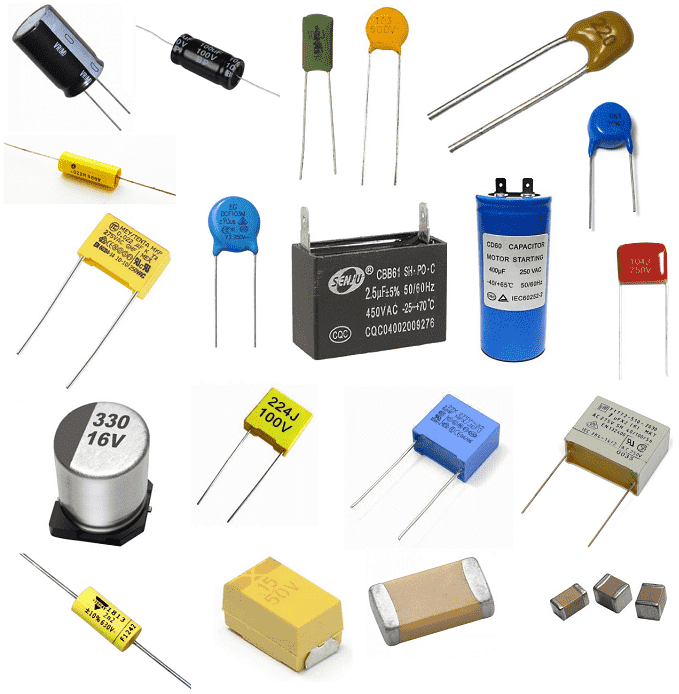About us
FASTPCBA Co.,Ltd
-
 Building 1, Senyang Electronic Technology Park, Guangming High-tech Park, Yutang Street, Guangming District, Shenzhen City.
Building 1, Senyang Electronic Technology Park, Guangming High-tech Park, Yutang Street, Guangming District, Shenzhen City.
-
 F:86-13418481618
F:86-13418481618
-
 pcba13@fastpcba.cn
pcba13@fastpcba.cn
 date:2019-12-10 14:19:58
date:2019-12-10 14:19:58
Through Hole Reflow Process (PIHR) introduction
Through-hole component reflow soldering process (Pin-In-Hole Reflow, PIHR) is to insert pins into the insertion hole filled with solder paste and use the reflow soldering process method to achieve through-hole components and surfaces mount components (SMC / SMD) are reflowed at the same time. Compared with traditional crafts, it has great advantages in economy and advancedness. PIHR process is an innovation in electronic assembly, which can replace wave soldering, selective wave soldering, automatic welding robot, and manual welding.

Advantages and applications of reflow soldering process for through-hole plug-in components
1.Advantages of reflow soldering of through-hole components compared to wave soldering
A. High reliability, good welding quality, the defect ratio (DPPM) per million can be less than 20
B. There are fewer welding defects such as virtual welding and bridging, and the workload of repairing board is reduced.
C. The PCB surface is clean and the appearance is obviously better than wave soldering.
D. Simplified procedures. Because of the omission of adhesive glue, wave soldering, and cleaning processes, the fewer materials and equipment used in the same product, the easier to manage. Moreover, the operation of the reflow furnace is much simpler than that of the wave soldering machine, without the problem of tin slag and low labor intensity.
E.Reduce costs and increase efficiency. Eliminates wave soldering machine, saves a lot of solder and reduces operator
2. Scope of application of reflow soldering instead of wave soldering during SMT mixing
A. Most SMC / SMD, a small amount of THC products, especially the occasion of some through-hole connectors.
B. THC's outer packaging material is required to withstand the thermal shock of reflow furnaces, such as coils, connectors, shielding, etc.
C. If there are individual components on the product that cannot withstand the thermal shock of the reflow furnace, manual post-soldering can be used.
 Building 1, Senyang Electronic Technology Park, Guangming High-tech Park, Yutang Street, Guangming District, Shenzhen City.
Building 1, Senyang Electronic Technology Park, Guangming High-tech Park, Yutang Street, Guangming District, Shenzhen City.
 F:86-13418481618
F:86-13418481618
 pcba13@fastpcba.cn
pcba13@fastpcba.cn